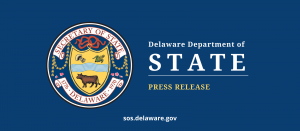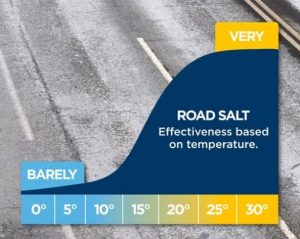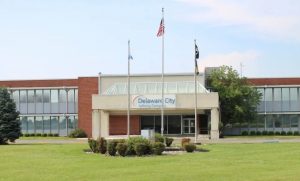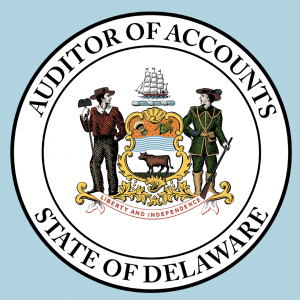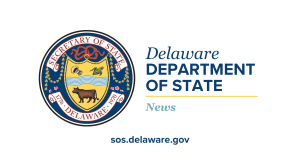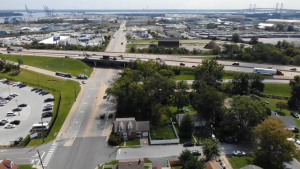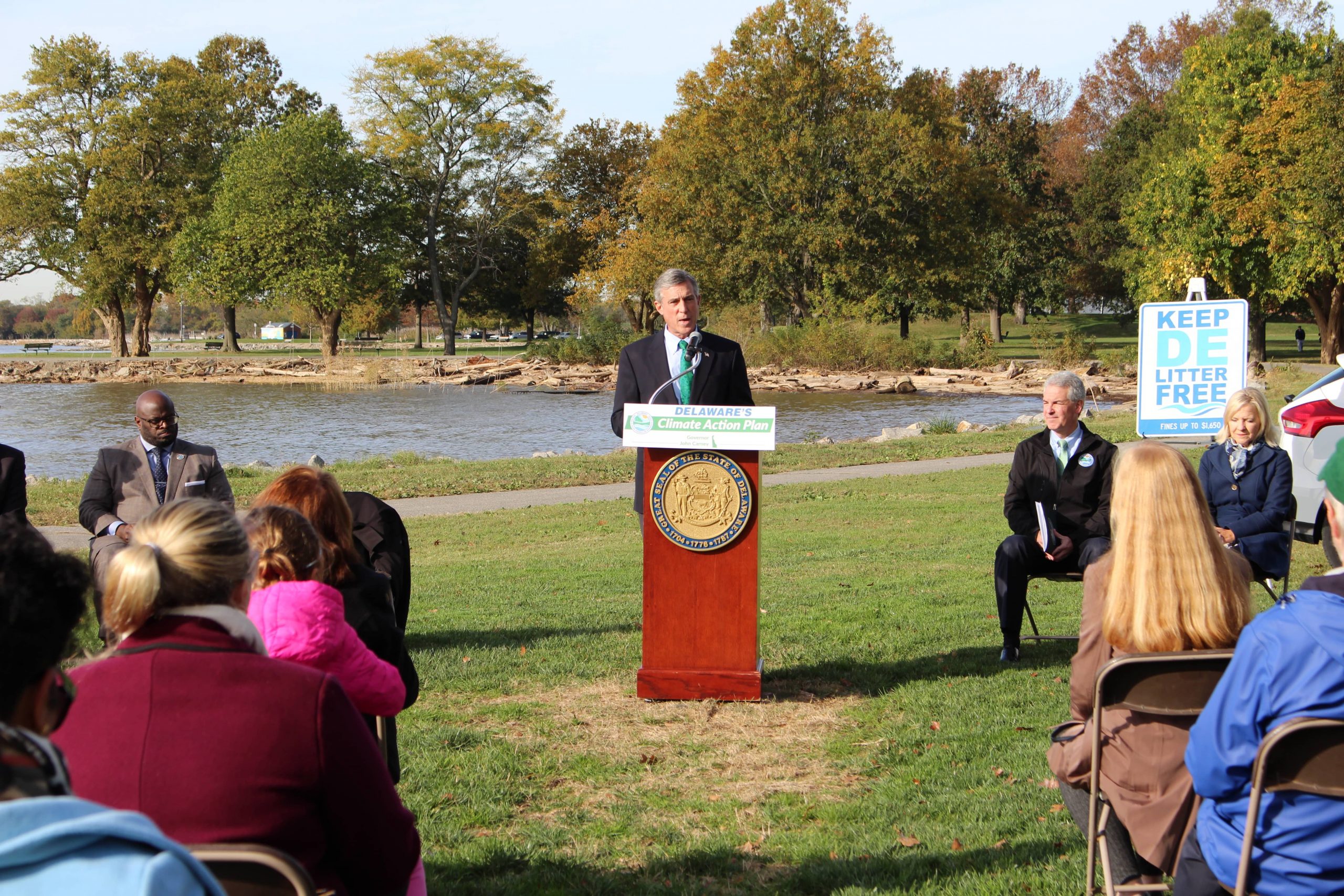
Reducing Emissions, Maximizing Resilience are Key Priorities
NEW CASTLE, Del. – Governor John Carney on Thursday released Delaware’s Climate Action Plan surrounded by members of his Cabinet, environmental leaders, and members of the General Assembly. The main goals of the Climate Action Plan are to reduce greenhouse gas emissions and to better prepare for the impacts of climate change by prioritizing clean energy and improved energy efficiency, providing support to state agencies in resilience efforts and increasing research and monitoring.
“Climate change threatens our $3.5 billion tourism industry and 44,000 jobs, our $8 billion agricultural industry, the health of our citizens and the financial well-being of our local, county and state governments,” said Governor Carney. “The strategies in the Climate Action Plan can be implemented over time, as resources, data and partnerships develop. Taking these actions to reduce emissions will allow Delaware to meet or exceed its 2025 reduction target and make further emissions reductions in the years ahead.”
Delaware’s Climate Action Plan serves three primary purposes: To help meet current commitments; to set a course for the decades ahead; and to integrate actions for both minimizing greenhouse gas emissions and maximizing resilience to climate change impacts.
“Delaware is already feeling the effects of climate change, and many of these effects are projected to worsen over the next few decades,” said Shawn M. Garvin, Secretary of the Delaware Department of Natural Resources and Environmental Control (DNREC). “The Climate Action Plan provides a roadmap of strategies and actions that state agencies can take to minimize emissions and maximize resilience to climate change.”
The Climate Action Plan identifies five key action areas to minimize greenhouse gas emissions, and seven action areas that state agencies can focus on to improve resilience to climate impacts we are witnessing today, including sea level rise, warmer temperatures and more intense and frequent storms.
“It is our collective responsibility to do all that we can to minimize the disastrous impact of climate change on our public’s health and economy, so that our children and future generations have access to safe water, clean air, and clean energy. Reducing greenhouse gas emissions and the impact of rising sea levels will put Delaware on a sustainable path to create an eco-friendly future that preserves the health and natural beauty of our great state,” said Lt. Governor Bethany Hall-Long. “I want to thank DNREC, DelDOT, legislators, and the many stakeholders for their leadership on this issue and for implementing the Climate Action Plan that will help ensure the welfare of our state’s environment. It is a promise for a stronger and healthier Delaware to our children.”
Key action areas to reduce greenhouse gas emissions include:
- clean and renewable energy;
- energy efficiency;
- transportation;
- reducing high global warming potential greenhouse gases;
- natural and working lands.
Key action areas to maximize resilience include:
- updating or creating state regulations
- supporting communities and stakeholders;
- creating management plans;
- updating facility design and operation;
- promoting research and monitoring;
- engaging in outreach and education;
- providing agency support.
Through Governor Carney’s commitment to the U.S. Climate Alliance, Delaware has adopted a goal of reducing the state’s greenhouse gas emissions by 26% to 28% by 2025 from 2005 levels.
The Climate Action Plan is the result of a year-long process that involved residents, businesses and organizations from across Delaware.
More than 250 people participated in an initial round of public workshops, held in each county in March 2020. A follow-up series of virtual workshops held in September and October of 2020 attracted nearly 390 attendees across five sessions. Online surveys in the spring and fall of 2020 — aimed at gathering input from those unable to attend a public workshop — garnered more than 520 responses. Additionally, more than 50 written comments and questions on the plan were submitted.
###









